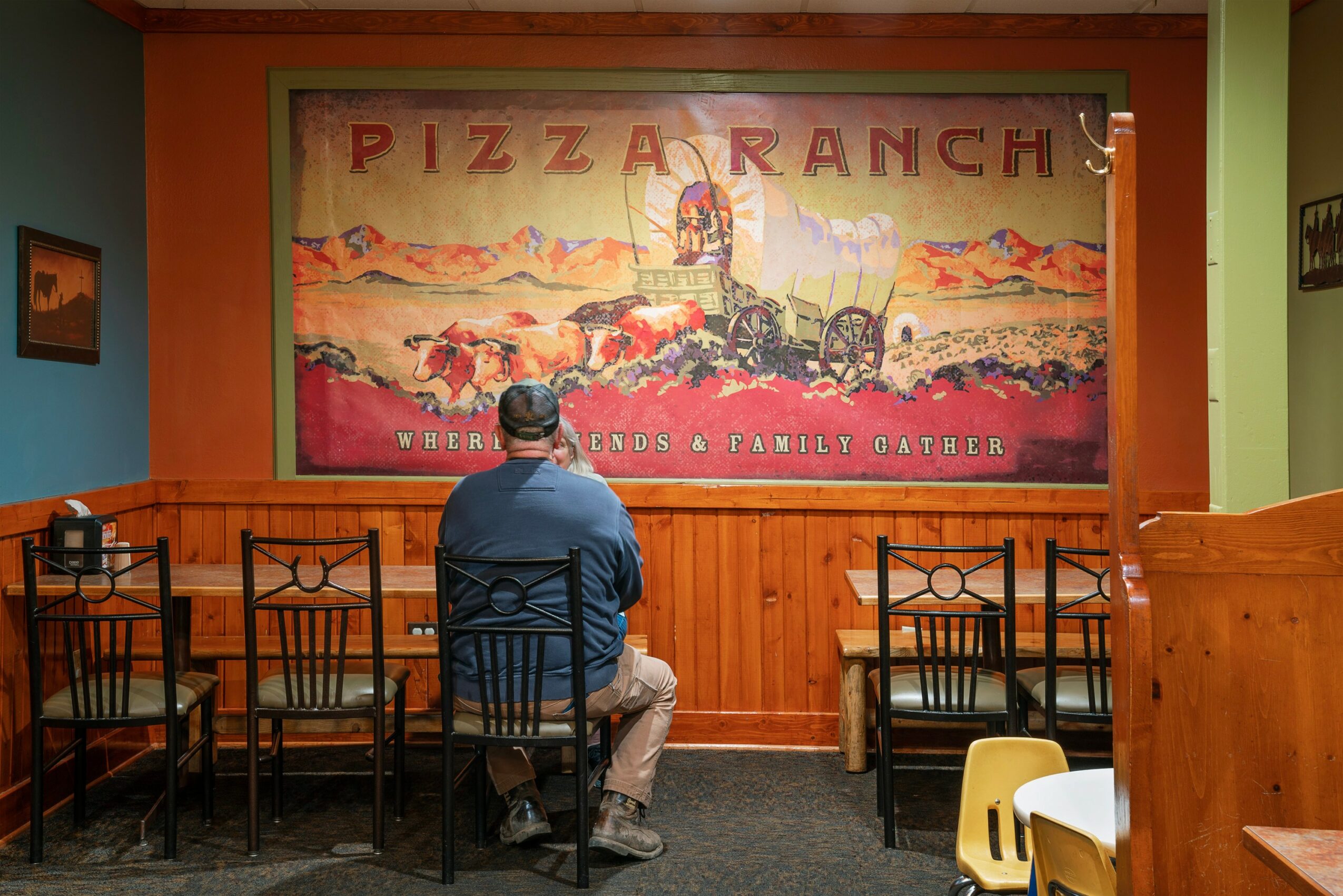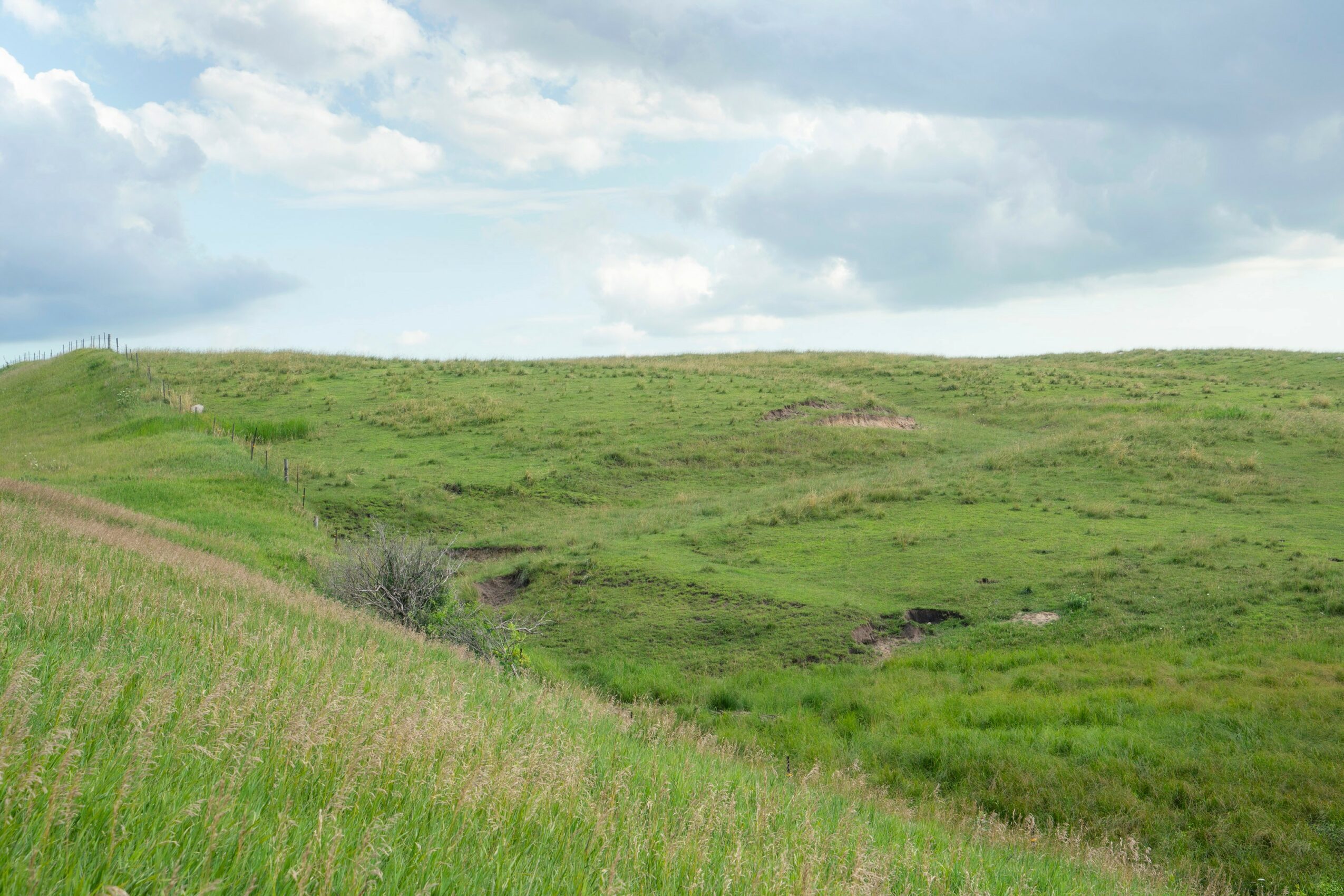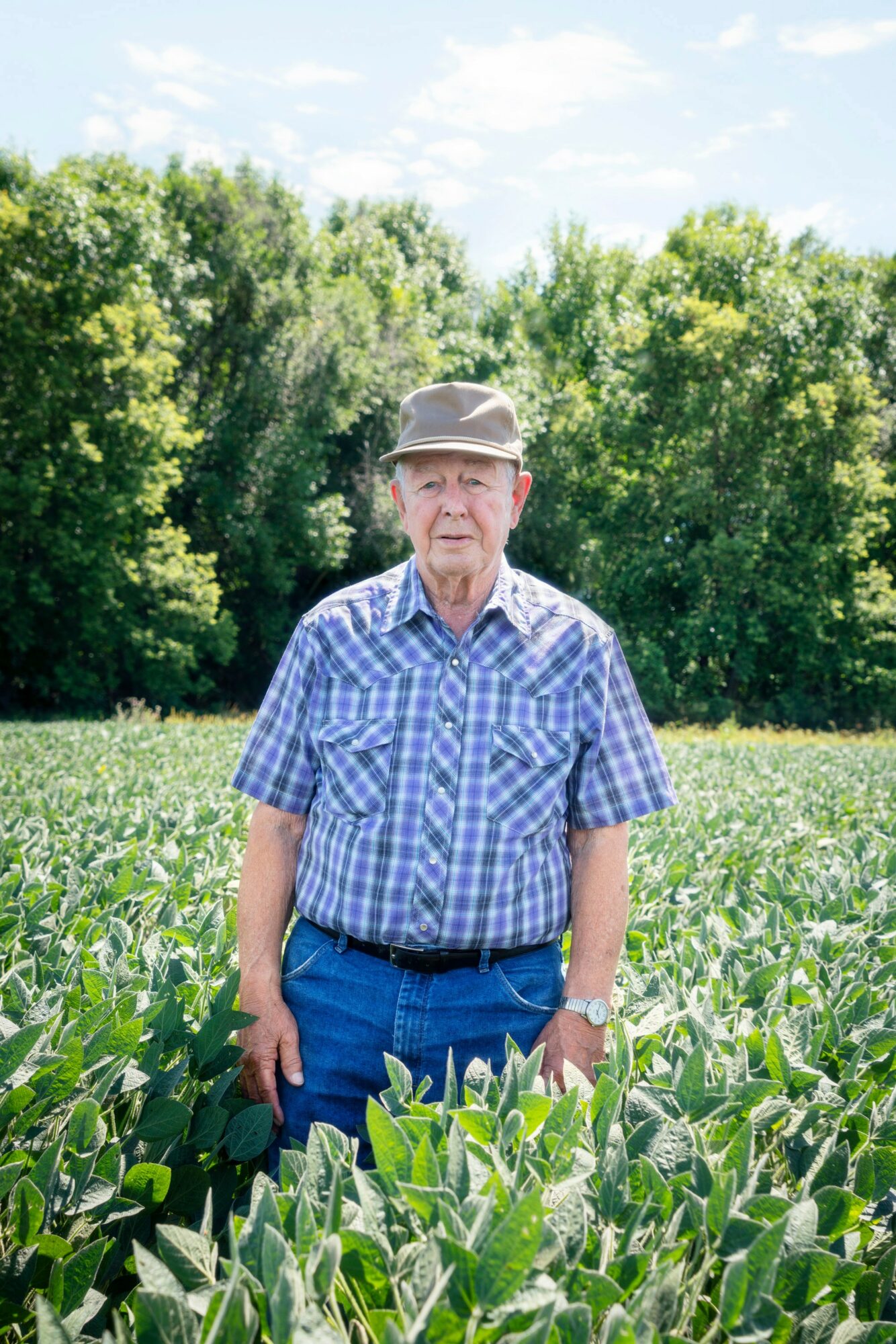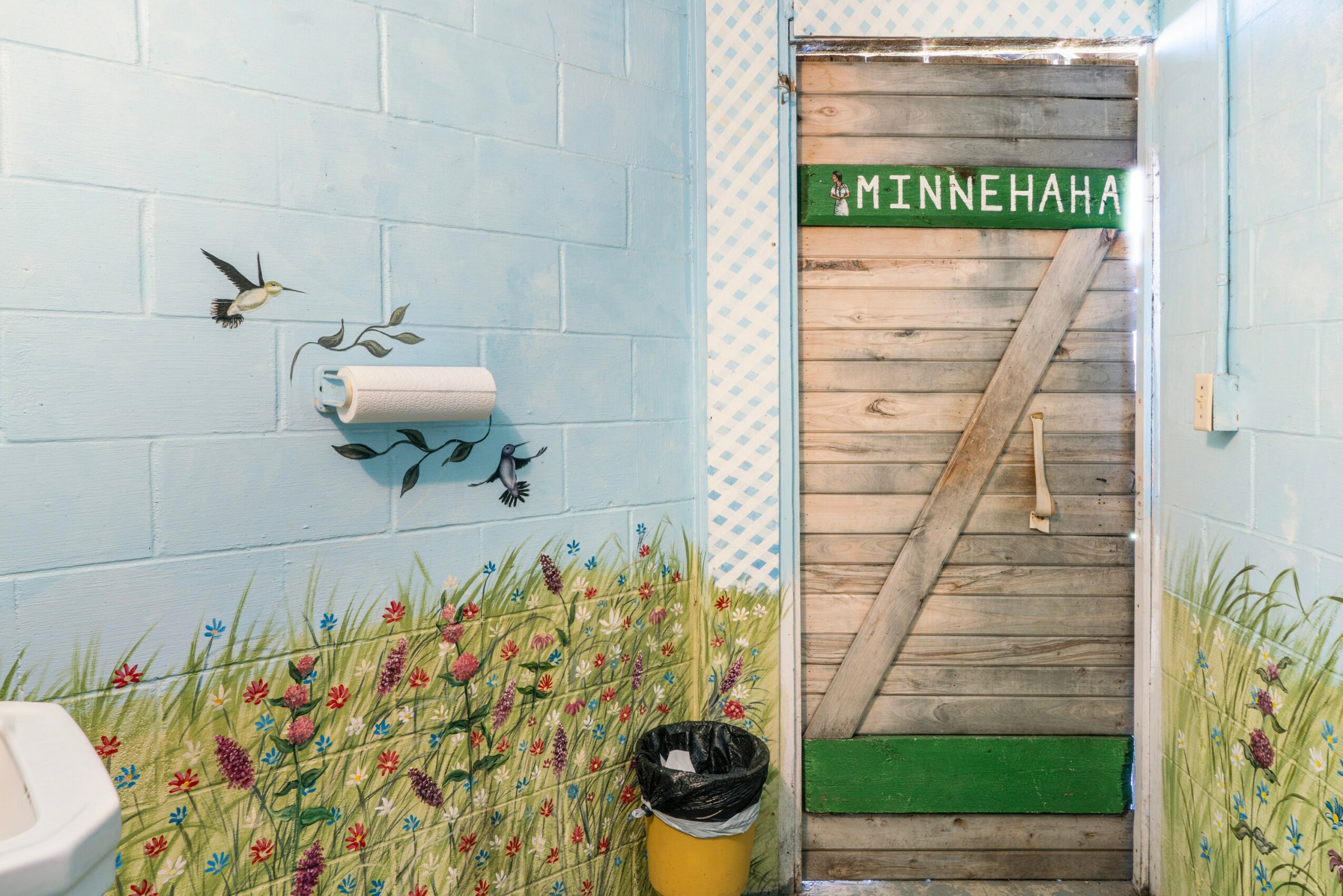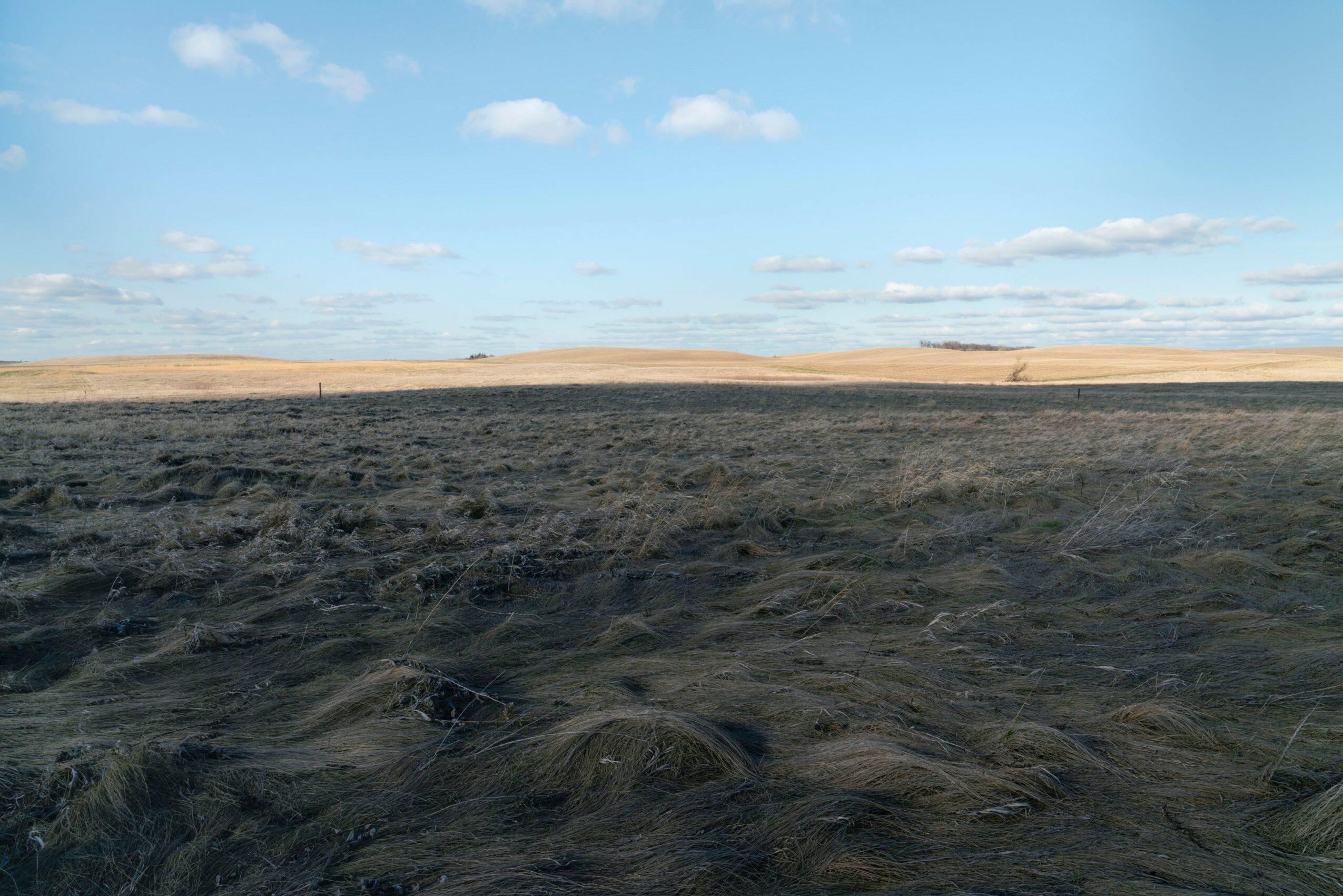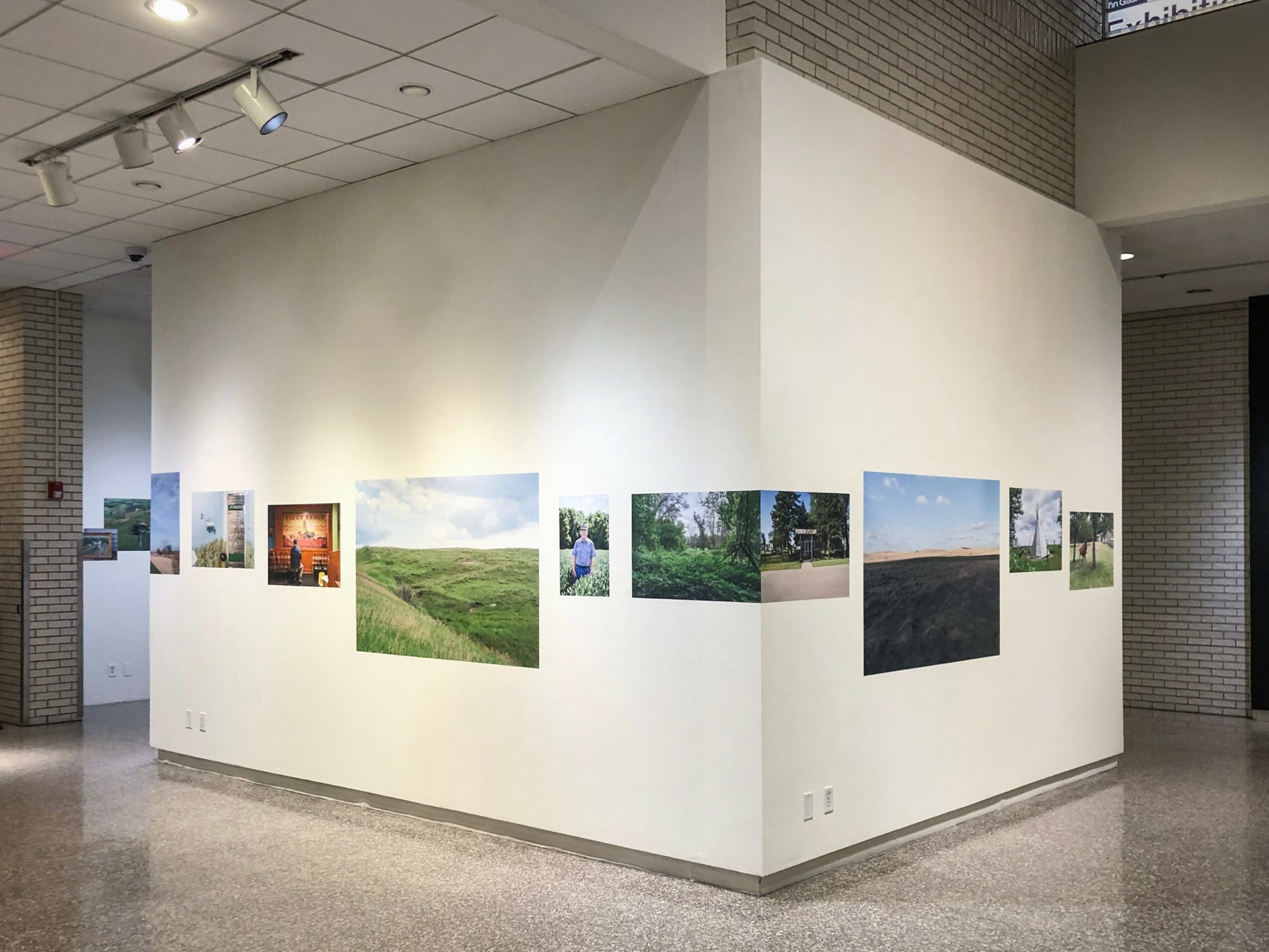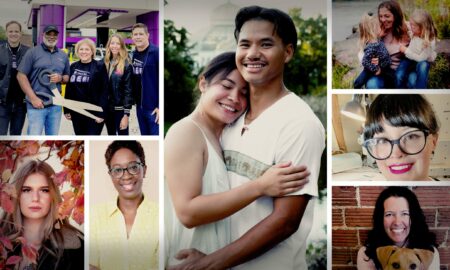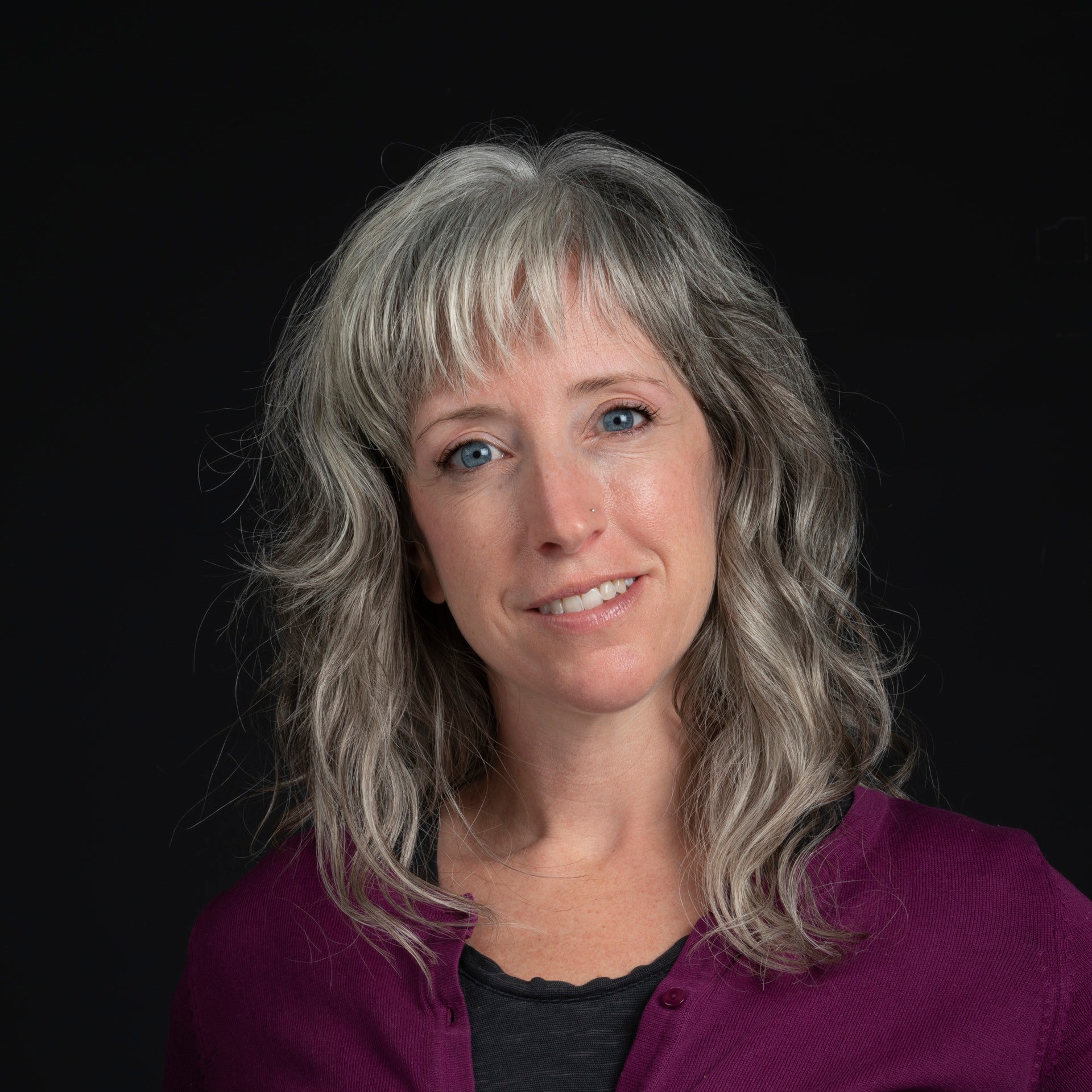
Today we’d like to introduce you to Sarah Sampedro.
Hi Sarah, it’s an honor to have you on the platform. Thanks for taking the time to share your story with us – to start maybe you can share some of your backstories with our readers.
I grew up in a Minnesota farm family as the third of six kids. I always loved art and don’t remember where it all started. Perhaps I was inspired by a woman in our church who played the flute and made beautiful graphite portraits. After all, I played the flute as well and took great pride in my elementary school drawings. In high school, I spent most of my time in the art room learning all about photography and ceramics. These continue to be my favorite mediums and I still have mugs and bowls I made then.
I went on to study art in college. As a first-generation college student, I always knew I would go to college. Looking back, this faith in my future surprises me. My parents didn’t go to college – why did I think I would? But I did. Employment opportunities for women were limited in my small town and I knew I didn’t want to work at the grocery store or as an administrative assistant. My parents instilled faith in me to believe in my academic abilities and I always knew I wanted a different life than the one I saw.
I was married and had kids shortly after undergrad and worked many different part-time jobs. It cost more for daycare than I could make at my jobs, so most of the time I stayed home with the kids. I photographed along the way: mostly weddings, families, and residential real estate. I would spend my afternoons post-processing photographs at the computer with a baby on my lap. I tried to have a creative practice but those years are mostly a blur.
In 2015, I was working part-time for a photographer friend and was unsatisfied with my work, my creative practice, and life in general. That fall I was in a bicycle accident and hit by a car. In the months following my broken vertebra, I thought deeply about what I wanted to do with the rest of my life, and it wasn’t assisting another photographer.
So, I finally leaped and applied for graduate school in an art MFA. I was ready for graduate school: the funding was right and the timing was right. I consider it one of the gifts of my lifetime that I got into a funded graduate program because I wouldn’t have gone if I had to take on more student loans. My kids were between the ages of 8 and 12, and I spent my days at school thinking about art while they were also in school. It was a very full-time for me. I hadn’t been in school for almost 20 years and it was a deep dive into my thoughts about art, my creative practice, and my intentions.
After finishing school I began teaching photography and that’s where I am today. I teach at different universities around the Twin Cities and am working to get enough experience to land a tenure-track professorship. Higher education is very complicated these days and this goal may never happen. But for now, this arrangement works for me. It’s a balance between teaching and growing my creative practice: they both support and strengthen the other.
Alright, so let’s dig a little deeper into the story – has it been an easy path overall and if not, what were the challenges you’ve had to overcome?
My path has been circuitous – I’ve never known where I was going in life. It’s like there’s a bend in the road every time I successfully overcome a specific barrier. I always envied my friend who knew she wanted to be a doctor. Even in middle school, she knew what she wanted to do and how to get there. That’s never been me. I wish I could know the end goal so I could take conscious and intentional steps to reach that goal.
The unknown is difficult for me. In the last five years, my life has changed drastically: my marriage ended, I finished graduate school, I began teaching, I moved twice, and I received an important artist fellowship. This list doesn’t even take into account the covid pandemic, a pivot to online teaching (while having very little teaching experience), and my kids’ distance learning. My job is temporary/contract-based and my housing situation fluctuates.
When my marriage ended my expectations imploded around me and I was completely untethered; life doesn’t look the way I thought it would. I’ve learned to be ok with the unknown and trust that I’m scrappy enough to figure things out when necessary (like new housing or more work). I’ve begun trusting my problem-solving skills, stopped reaching toward an end goal, and simply started thinking about what’s next.
Thanks – so what else should our readers know about your work and what you’re currently focused on?
I’m a photographer, installation artist, and educator. In my creative practice, I’m especially interested in the relationship between interpersonal space and social contracts as they relate to community and belonging. How do we determine what’s mine and what’s yours? Or who belongs to our community and who doesn’t? My practice starts from an autobiographical place and uses historical research to examine how we as individuals and society got to where we are now. For example, my current work, Homestead, looks at Midwestern Whiteness and colonialism.
The farmland my family owns in Southwestern Minnesota is part of the Očhéthi Šakówiŋ and Yankton ancestral home. The 1851 treaty of Traverse de Sioux assigned ownership of this land to the United States Government, and the 1862 Homestead Act paved the way for my German great-great-great-great grandfather to claim land. Not incidentally, the Homestead Act was signed into law the same year as the US-Dakota War and the forceful removal of Dakota people from Southern Minnesota.
My Homestead work is centered around the history of this forceful removal of one people group in favor of another, and consideration of my ancestral involvement in colonization. Homestead examines ways the pioneer spirit, manifest destiny, and American exceptionalism are implicitly (and often explicitly) embedded into the Midwestern cultural narrative.
Some accomplishments I’m most proud of in my creative career are completing a full-time 3-year MFA program (while raising three kids), receiving a Jerome Early Career Artist Fellowship and MN State Arts Board Artist Initiative Grant, going to two artist residencies in Berlin, and chairing the Minneapolis Arts Commission.
All of the creative work I’ve talked about to this point is very serious. Making art is my career, but I want art to be fun, too! In my free time, I like to make beautiful things: cyanotypes, acrylic paintings, watercolors, sparkly drawings… all kinds of things to bring me joy!
So maybe we end on discussing what matters most to you and why?
1. Having people I trust to talk with about my work and give me feedback. I’ve been in countless critiques; if I listened to every voice I would go crazy, feel like a failure, and lose sight of my work altogether. I have a handful of people I trust who know me, know my work, and know what I care about. This helps me not get buffeted by every differing opinion.
2. Having an art studio with a friend. Spending time in a creative space with other creative people reminds me to be creative, too. It’s also a marker in the sand saying I value myself and my art practice enough to set aside time and space for it.
3. Spending time with my kids. When I’m with them I work hard to let go of everything else. I don’t schedule meetings or events or even social time with friends. I do my best to simply let that be time for us to be together. They’re teenagers now and I see a near future when they won’t live with me anymore. I’m sad to imagine that day and am doing my best to be present at this time in our lives.
Contact Info:
- Website: sarahsampedro.com
- Instagram: https://www.instagram.com/sarahsampedro/
- Facebook: https://www.facebook.com/sarahsampedro
- Linkedin: https://www.linkedin.com/in/sarah-sampedro-6861524/
